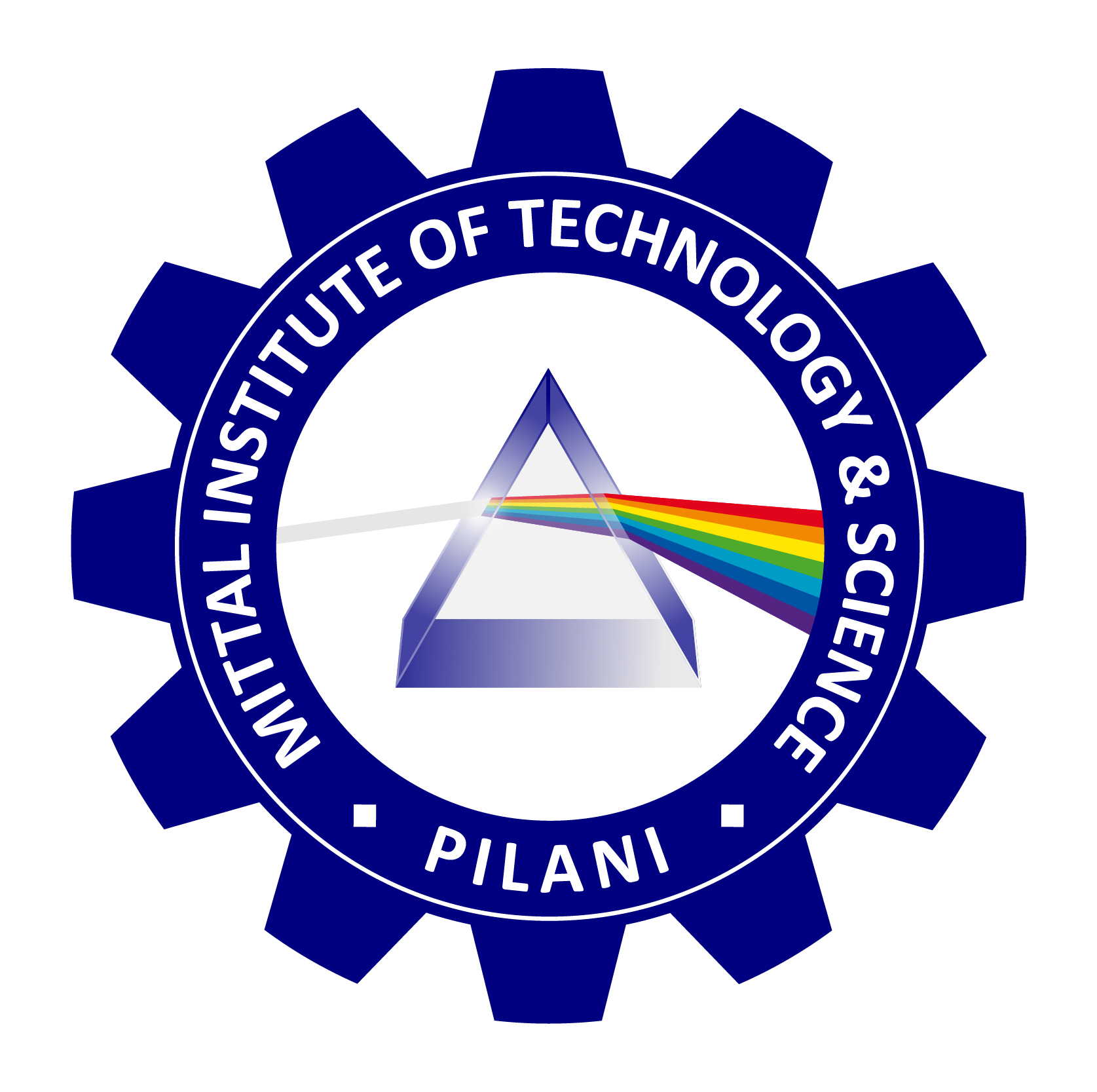
Real-Time Data Processing with Kafka and Spark
In today’s digital economy, data has become the lifeblood of enterprises. Organizations are not just interested in collecting data but in extracting insights from it in real time. This need has led to the rise of robust frameworks that enable the ingestion, processing, and analysis of data streams as they are generated. Among these, Apache Kafka and Apache Spark Streaming have emerged as a powerful combination for real-time data processing. Together, they provide a scalable, fault-tolerant, and high-throughput solution for handling vast amounts of data across industries like finance, e-commerce, healthcare, telecommunications, and more.
The Need for Real-Time Data Processing
Traditional data processing models relied heavily on batch processing, where data is collected over a period of time, stored, and then processed in large chunks. However, in scenarios such as fraud detection, recommendation engines, real-time analytics, monitoring, and alerting systems, batch processing introduces unacceptable delays. Real-time processing enables businesses to:
- React instantly to events and anomalies.
- Provide live insights to customers and internal stakeholders.
- Optimize operations dynamically.
- Maintain competitive advantage in fast-paced environments.
Overview of Apache Kafka
Apache Kafka is a distributed event streaming platform designed for high-throughput, fault-tolerant, and low-latency data pipelines. Initially developed by LinkedIn and now maintained by the Apache Software Foundation, Kafka serves as the backbone for ingesting real-time data from diverse sources.
Key Features:
- Publish-Subscribe Model: Kafka operates on a producer-consumer model, where data producers send messages to Kafka topics, and consumers subscribe to these topics to read the data.
- Scalability: Kafka can handle millions of messages per second across thousands of clients.
- Durability and Fault Tolerance: Data in Kafka is stored durably on disk and replicated across multiple nodes to ensure availability.
- Decoupling of Data Streams: Kafka decouples data producers and consumers, allowing independent scaling and flexibility in data flow architectures.
Kafka is often used to collect data from IoT devices, web logs, transactions, and application logs, and acts as the data ingestion layer in real-time processing systems.
Overview of Apache Spark Streaming
Apache Spark is an open-source, distributed computing system that provides an interface for programming entire clusters with implicit data parallelism and fault tolerance. Spark Streaming extends the capabilities of Spark to process live data streams.
Key Features:
- Micro-batch Processing: Spark Streaming processes data streams in small, manageable batches, providing near real-time processing.
- Rich Ecosystem: Spark integrates seamlessly with other big data tools, supports multiple languages (Scala, Java, Python), and offers powerful libraries for machine learning (MLlib), graph processing (GraphX), and SQL-based queries (Spark SQL).
- Scalability and Fault Tolerance: Spark Streaming distributes data processing tasks across clusters, ensuring resilience and the ability to process large data volumes.
Spark Streaming consumes data from sources like Kafka, processes it using complex algorithms, and outputs the results in real-time to databases, dashboards, or alerts systems.
Kafka + Spark: A Synergistic Combination
By integrating Kafka with Spark Streaming, organizations can build end-to-end real-time data pipelines. Kafka handles the ingestion and buffering of incoming data streams, while Spark Streaming processes these streams to perform transformations, aggregations, enrichments, and analytics.
Architecture:
- Data Ingestion: Kafka receives streams of data from multiple producers (applications, sensors, servers).
- Data Buffering: Kafka topics buffer the data for consumers.
- Stream Processing: Spark Streaming reads data from Kafka in near real-time.
- Data Transformation: Spark processes the data, applies business logic, and runs computations.
- Output and Storage: The processed data is pushed to databases, visual dashboards, or downstream systems for actionable insights.
Use Cases:
- Fraud Detection: Monitor financial transactions in real-time to detect fraudulent patterns.
- Personalized Recommendations: Deliver real-time recommendations based on user behavior.
- Log Analytics: Analyze server logs in real-time to detect outages or cyber-attacks.
- Sensor Data Processing: Process IoT data streams for predictive maintenance in manufacturing.
Challenges and Considerations
While Kafka and Spark provide a powerful solution, implementing real-time data pipelines requires addressing certain challenges:
- Data Quality: Streaming systems must handle incomplete, duplicate, or corrupted data gracefully.
- Latency vs. Throughput: Balancing low latency with high throughput requires careful tuning.
- Fault Recovery: Ensuring end-to-end fault tolerance and data consistency in case of system failures.
- Resource Management: Allocating appropriate computing resources to manage varying loads.
Future Trends
The landscape of real-time data processing continues to evolve. Enhancements in Kafka Streams (Kafka’s native stream processing library), improvements in Spark Structured Streaming (offering even lower latencies and better fault tolerance), and the rise of cloud-native streaming services are shaping the future of data pipelines. Furthermore, the integration of real-time processing with AI/ML models is opening new frontiers in predictive analytics and automated decision-making.
In an era where data velocity is as critical as data volume, Kafka and Spark provide the ideal platform for building real-time data processing systems. Kafka ensures reliable, high-throughput data ingestion, while Spark delivers fast, scalable stream processing capabilities. Together, they empower organizations to make timely, data-driven decisions, enhance customer experiences, and maintain operational excellence. As technology continues to advance, the synergy between Kafka and Spark will remain a cornerstone of real-time analytics and intelligent automation.
